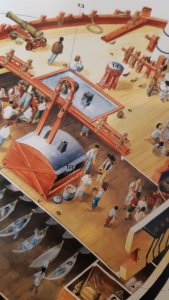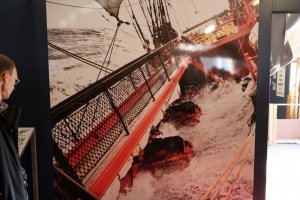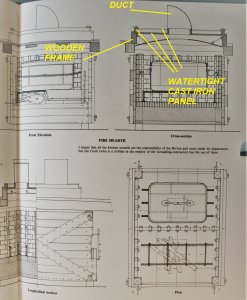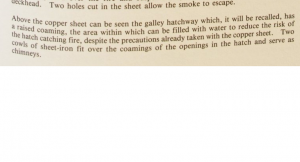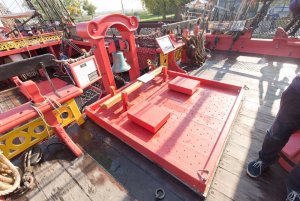Have noticed in J.M.Ballu book "The construction of Hermione" a reference explaining that the galley panel, (the roof of the galley on the main deck) was a watertight basin, keeping water in it, in order to cool down the stove's copper ducts which passed through.
Still, this statement isn't clear, if it only concerns the building of today's replica or if also the 1780 ship had such a cooling system.
Any knowledge or comments would be much appreciated.
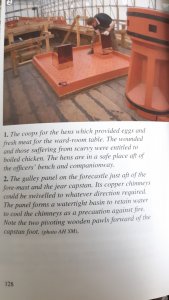
Still, this statement isn't clear, if it only concerns the building of today's replica or if also the 1780 ship had such a cooling system.
Any knowledge or comments would be much appreciated.







